Cradle cap in babies can be really scary if you are a new parent! If you are trying to get rid of cradle cap, this post is for you.
DISCLOSURE This post may contain affiliate links, meaning if you decide to make a purchase via my links, I will earn a commission at no extra cost to you. As an Amazon Associate I earn from qualifying purchases. Thank you for your support.
Disclaimer: The information provided in this blog post is for educational purposes only and should not be used as a substitute for professional medical advice, diagnosis, or treatment. Always seek the guidance of your pediatrician or qualified healthcare provider with any questions you may have regarding your child’s health. If you think your child may have a medical emergency, call your doctor or emergency services immediately. Read our full Medical Disclaimer here.
Cradle cap in babies can be overwhelming! Those sweet baby snuggles are one of parenthood’s greatest joys – until you notice flaky, scaly yellow patches on your little one’s scalp. Don’t worry! You’re likely dealing with cradle cap, an extremely common condition in infants. Let’s break down what you need to know to handle it with confidence.
My first baby had a little cradle cap on her head, that I was able to solve with some baby oil in a cotton swab, gently stroking her head. My second baby had a lot of cradle cap, on her scalp, behind ears, and between her eyebrows! Her pediatrician gave me a tip on what to do, and it has worked really well.
You might also like to read our post about How to Bathe a Baby in a Tub: A Step-by-Step Guide and Baby Bath Seat for Tub: Perfecting Your Bath Time Routine.
What Is Cradle Cap in babies?
Cradle cap (seborrheic dermatitis) appears as yellowish, crusty patches on a baby’s scalp, face, and even diaper area. While it might look concerning, it’s completely harmless and typically clears up on its own by the time your baby reaches their first birthday. Think of it as your baby’s version of dandruff – annoying, but not serious.
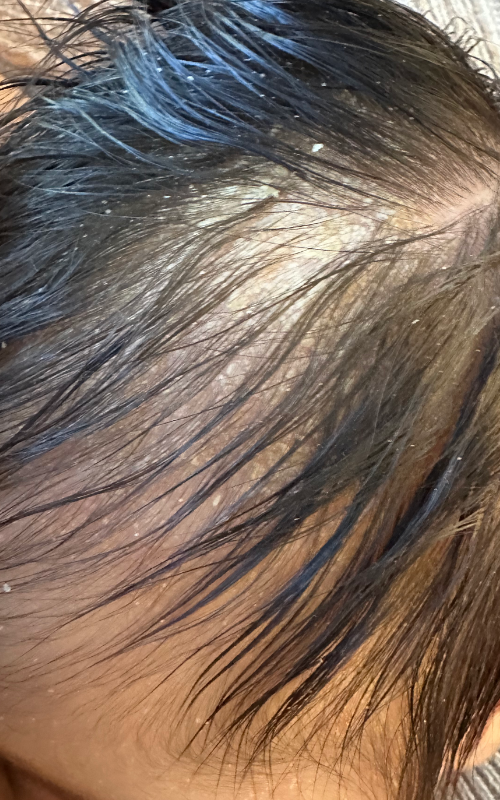
Why Does It Happen?
The exact cause isn’t fully understood, but researchers believe it’s related to:
- Overactive oil glands stimulated by mom’s hormones during pregnancy
- A type of yeast that grows in the oil
- Slow skin cell turnover
Cradle Cap in Babies Treatment: Simple Home Remedies That Work
- The Oil Treatment
- Apply a small amount of coconut oil or Aquaphor to your baby’s scalp
- Let it sit for 15-30 minutes to soften the scales
- Gently brush with a soft-bristled brush like the DermaFrida The FlakeFixer or a fine tooth comb you already have at home.
- Wash thoroughly with mild baby shampoo like Johnson’s Head-to-Toe Gentle Tear-Free Baby & Newborn Wash & Shampoo.
- Regular Maintenance
- Wash your baby’s hair with mild shampoo 2-3 times a week. Not more than that.
- Use a soft brush daily to prevent scale buildup
- Pat dry thoroughly after baths
- Moisturizing is key! If you see more yellow patches coming, continue with the oil treatment.
- NEVER USE PEANUT OIL because your baby might be allergic to peanuts.
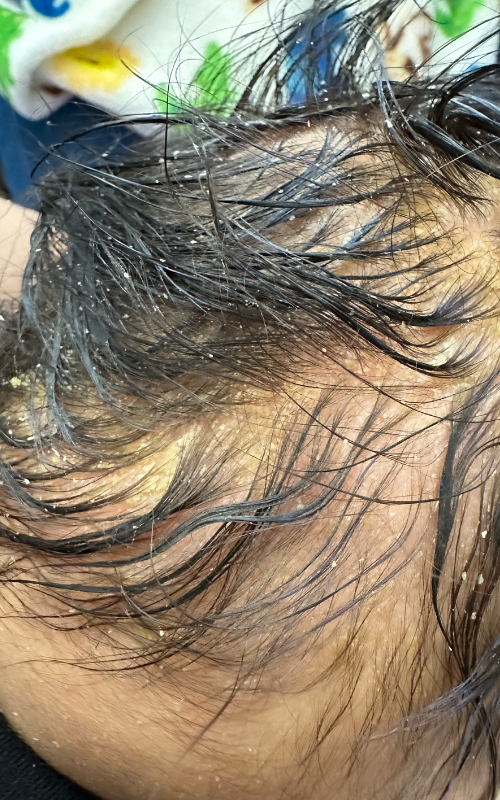
These pictures are of my second baby. She had cradle cap since very early until around 3 months. I had to be consistent on keeping her scalp moist with Aquaphor (covering with a Baby Newborn Hat for minutes to one hour) and then gently remove those scales of cradle cap from her head with a basic fine tooth comb. After the majority was loose, I would give her a bath, sometimes only washing the hair while wrapping her body in a towel like a burrito so she would not be cold.
When to See Your Pediatrician
Most cases of cradle cap clear up with home care, but contact your doctor if you notice:
- Spreading beyond the scalp
- Signs of infection (redness, warmth, swelling)
- Severe itching or discomfort
- No improvement after several weeks of home treatment
Prevention Tips
While you can’t completely prevent cradle cap, you can minimize its occurrence by:
- Keeping the scalp clean and dry
- Avoiding over-washing, which can stimulate oil production
- Using gentle, fragrance-free baby products
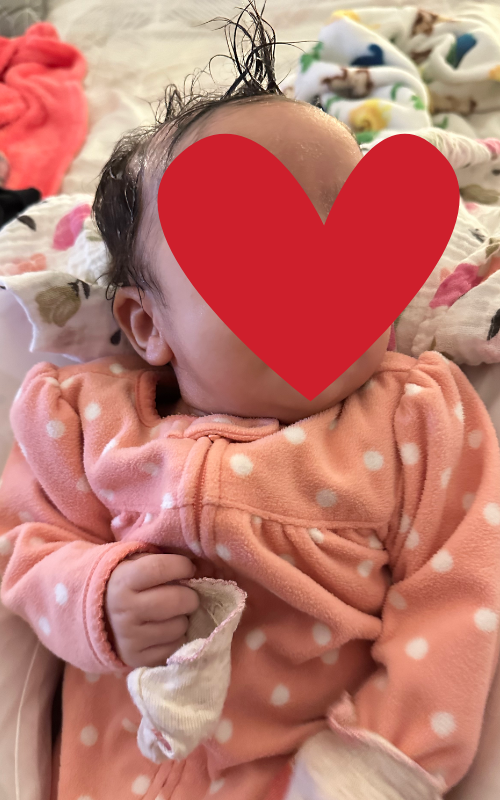
As you can see from the picture above, my baby lost some hair as we did this treatment for cradle cap. Both of my girls did. But that’s what allowed their hair to grow healthy and beautiful. So don’t worry, hair will fall off with cradle cap treatment. If you are like me, just have your baby wear cute baby hats like Baby Newborn Hat for a while until this phase is over 🙂 Check my newborn baby at church with one of these hats! She wore a different one each day 😀
Conclusion
This post was all about cradle cap in babies. Cradle cap might look unsightly, but it doesn’t bother your baby and isn’t a reflection of your parenting skills. Like many aspects of babyhood, this too shall pass. Focus on those precious cuddles and know that you’re doing a great job!
Disclaimer: This blog post is for informational purposes only and should not replace professional medical advice. Always consult your pediatrician about your baby’s specific needs.
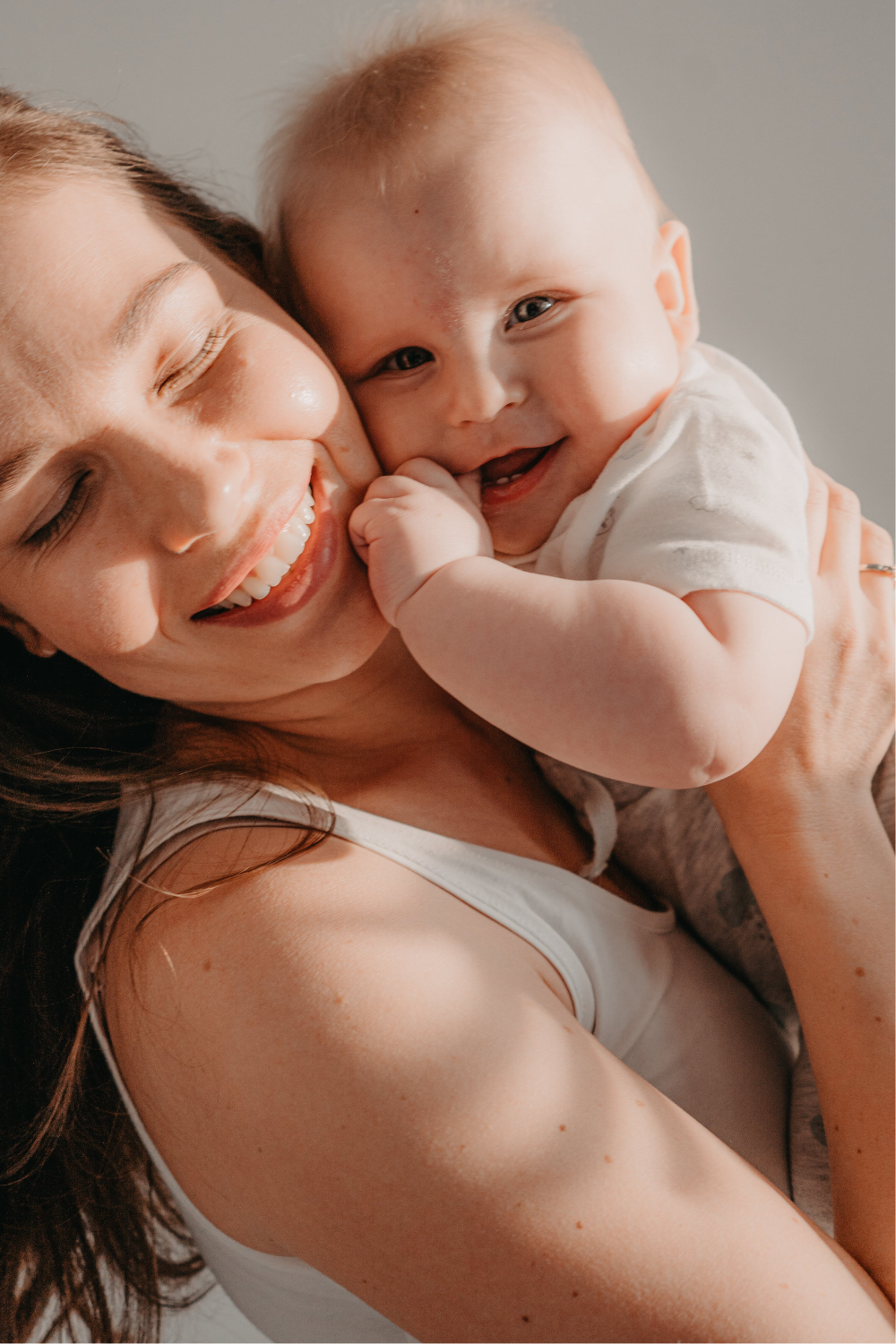
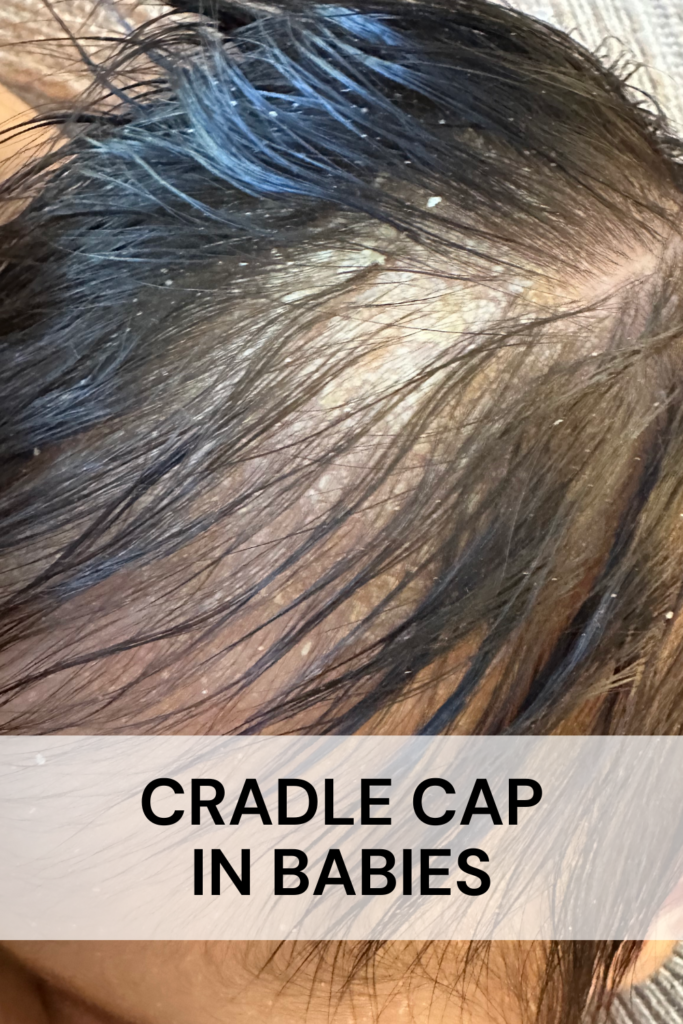
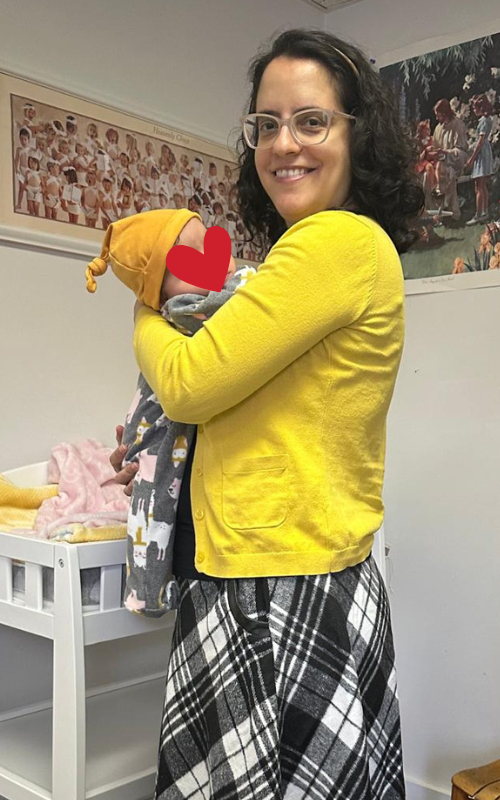

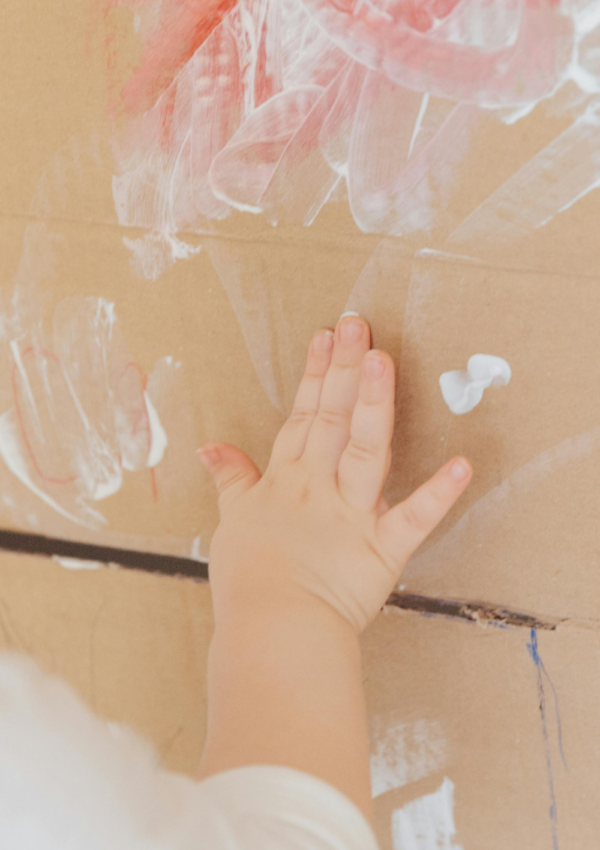
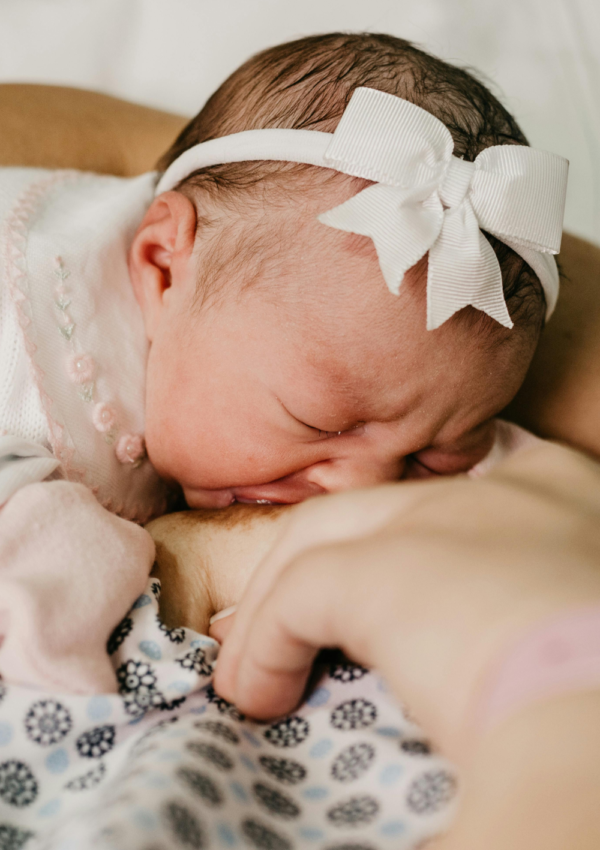

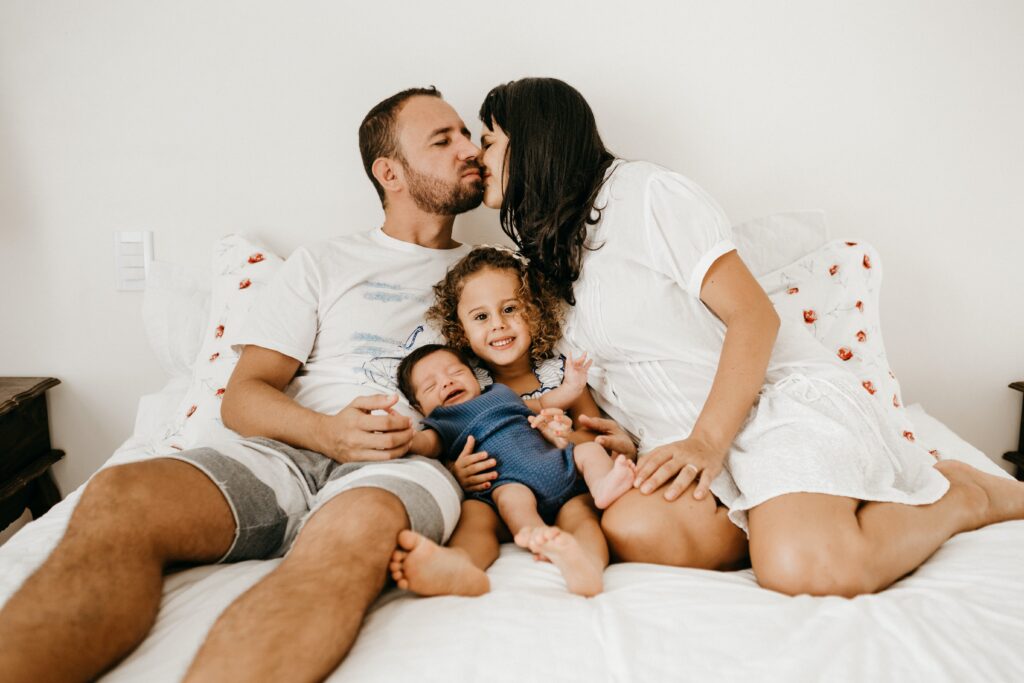
Leave a Reply